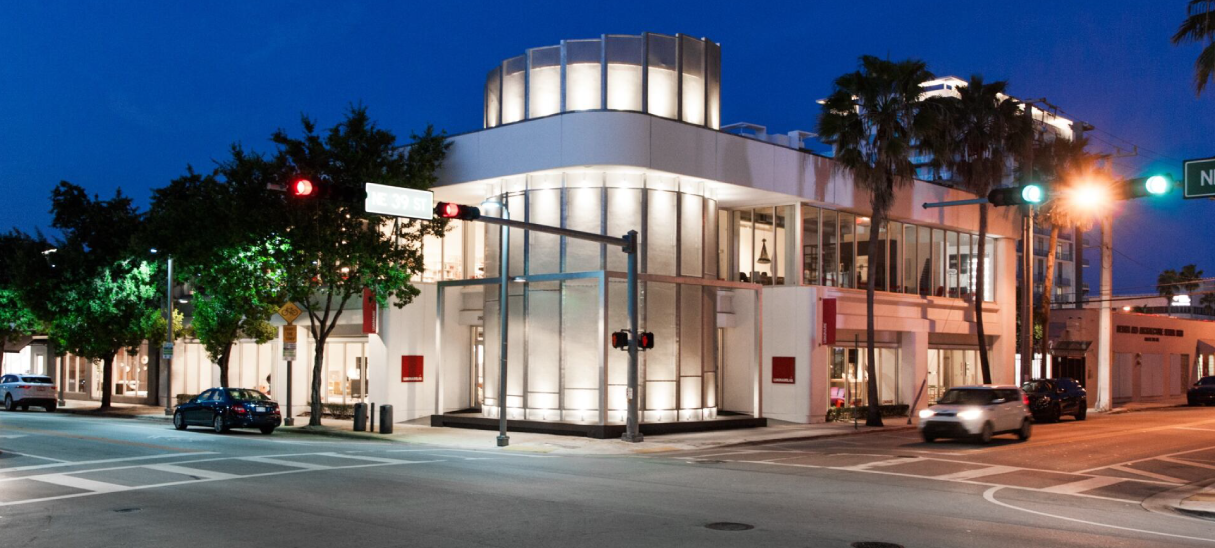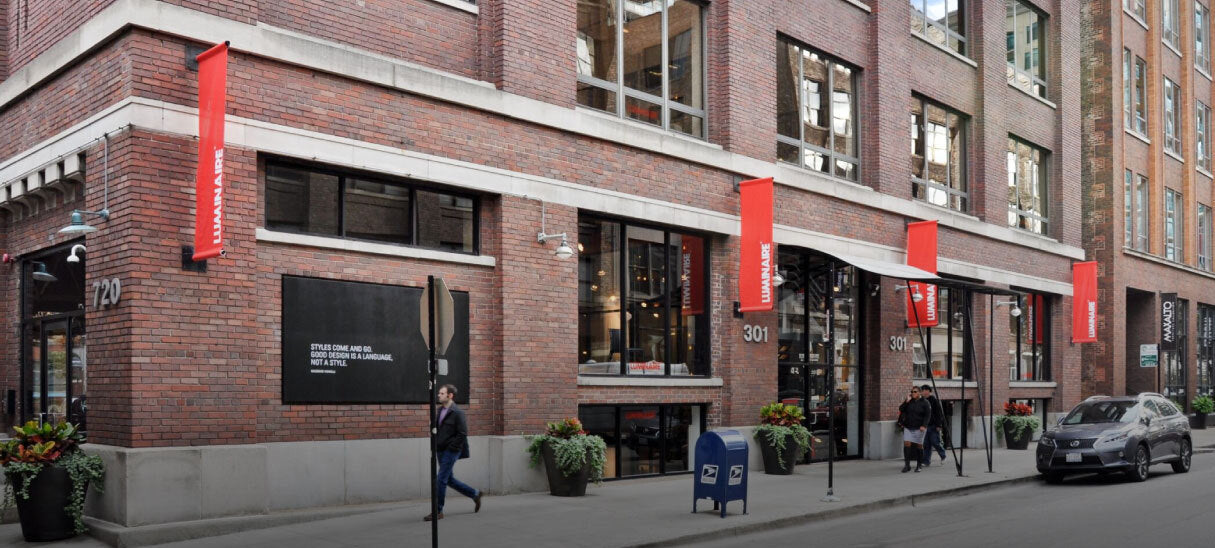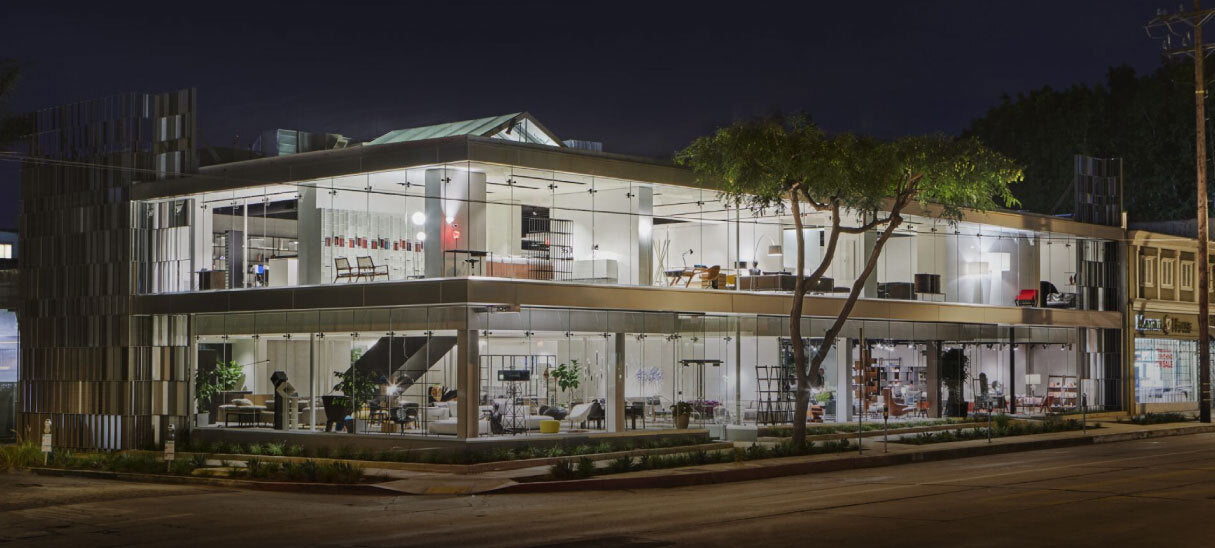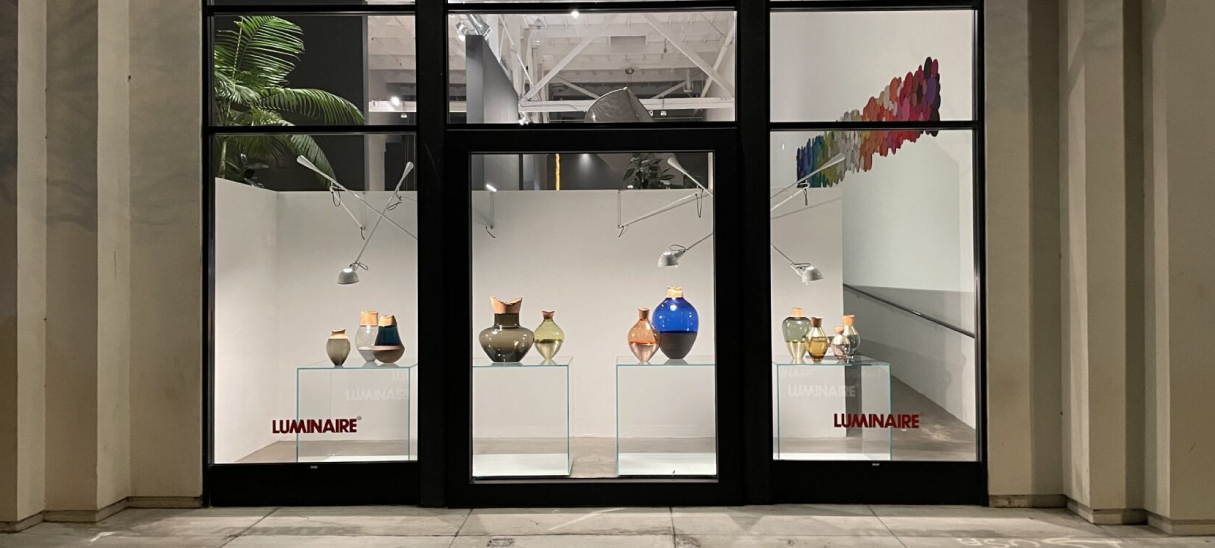20% Off Mother's Day Gift Guide Shop Now
George Nelson
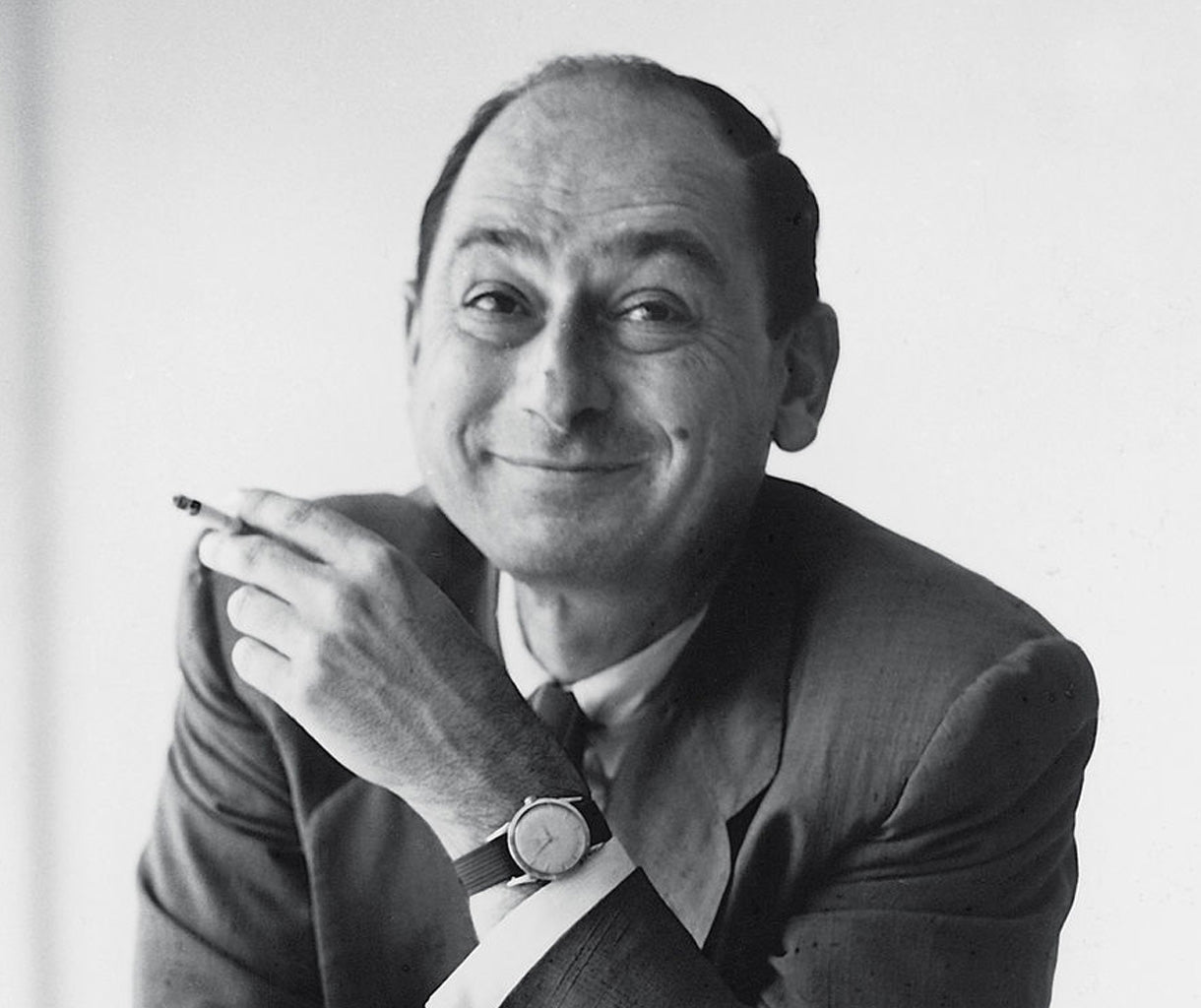
Established alongside Charles and Ray Eames as one of the founders of American modernism, George Nelson was a powerful force behind the development of this century’s American design aesthetic. As a thinker, writer, organizer and designer, Nelson commandeered a string of influential positions and brought about a widespread reevaluation of how furniture design can improve people’s lives.
Nelson studied architecture at Yale University, where he graduated in 1928. He also received a bachelor degree in fine arts in 1931. A year later while preparing for the Paris Prize competition, he won the Rome prize with Eliot Noyes, Charles Eames, and Walter B. Ford.
Though based in Rome, Nelson traveled throughout Europe where he met a number of modernist pioneers in design. A few years later, he returned to the United States to devote himself to writing. In Pencil Points he introduced the work of Walter Gropius, Mies van der Rohe, Le Corbusier and Gio Ponti to North America. His writing amassed a notable audience during his tenure at Architectural Forum, where from 1935 to 1943 he worked as first associate editor and from 1944 to 1949 served as the publication’s consultant editor. Nelson often defended modernist principles somewhat ferociously, irritating many of his colleagues in industrial design who, according to Nelson, made too many concessions to commercial forces.
In the late 1940s Nelson came up with several popular innovations: his post-war book Tomorrow’s House introduced the concept of the ‘family room’, while his ‘Grass of Main Street’ evolved into today’s pedestrian mall. His ‘Storagewall’ system was a plan for integrating storage systems into the structure of the home, with room dividers or as untis built directly into the walls. This project got the attention of the Herman Miller Company who hired Nelson as their Design Director in 1945. The appointment became the start of a long series of successful collaborations with Ray and Charles Eames, Harry Bertoia, Richard Schultz, Donald Knorr and Isamu Noguchi. During this period Nelson designed objects and furniture that exuded energy and innovation, even though they were not all sold by the company. Some of his best known pieces are the 1950 ‘Ball Clock,’ inspired by representations of the atom, the 1952 ‘Bubble Lamp’ and the 1965 ‘Marshmallow’ sofa, a grid of brightly colored upholstered circles. He also designed the company’s showrooms in Chicago, New York and Washington.
Additionally, Nelson worked as an exhibition designer on several projects. Among these were the Chrysler and the Irish pavilions at the 1964 New York World’s Fair and, in 1976, a show called ‘USA ’76’ for the American Revolution Bicentennial Administration.


